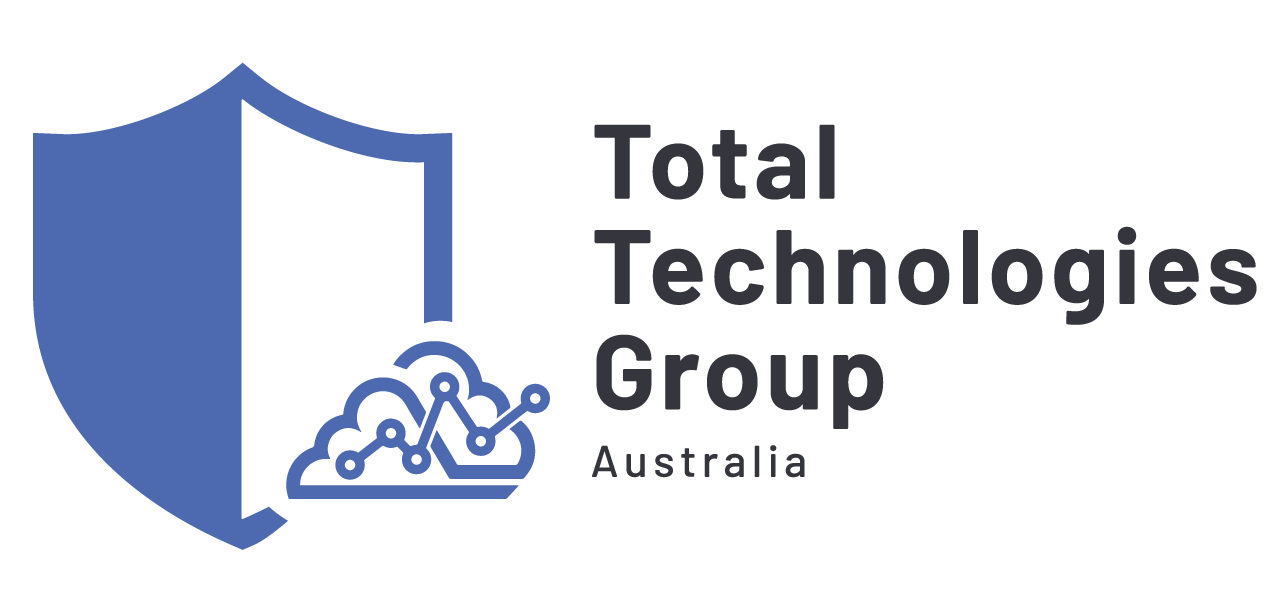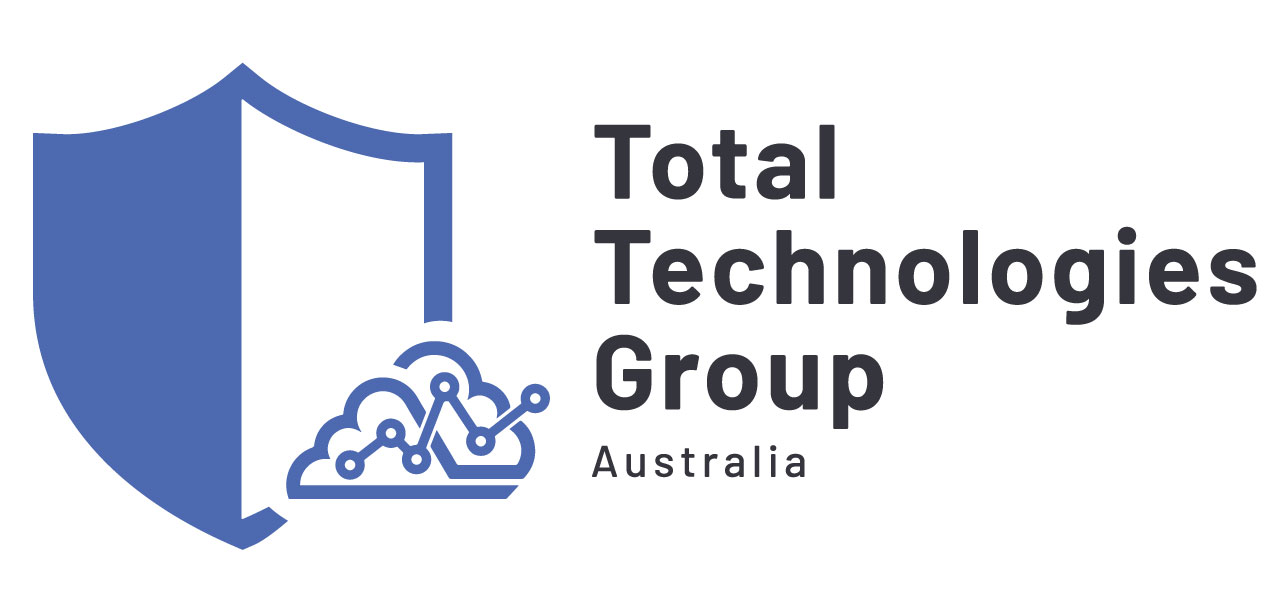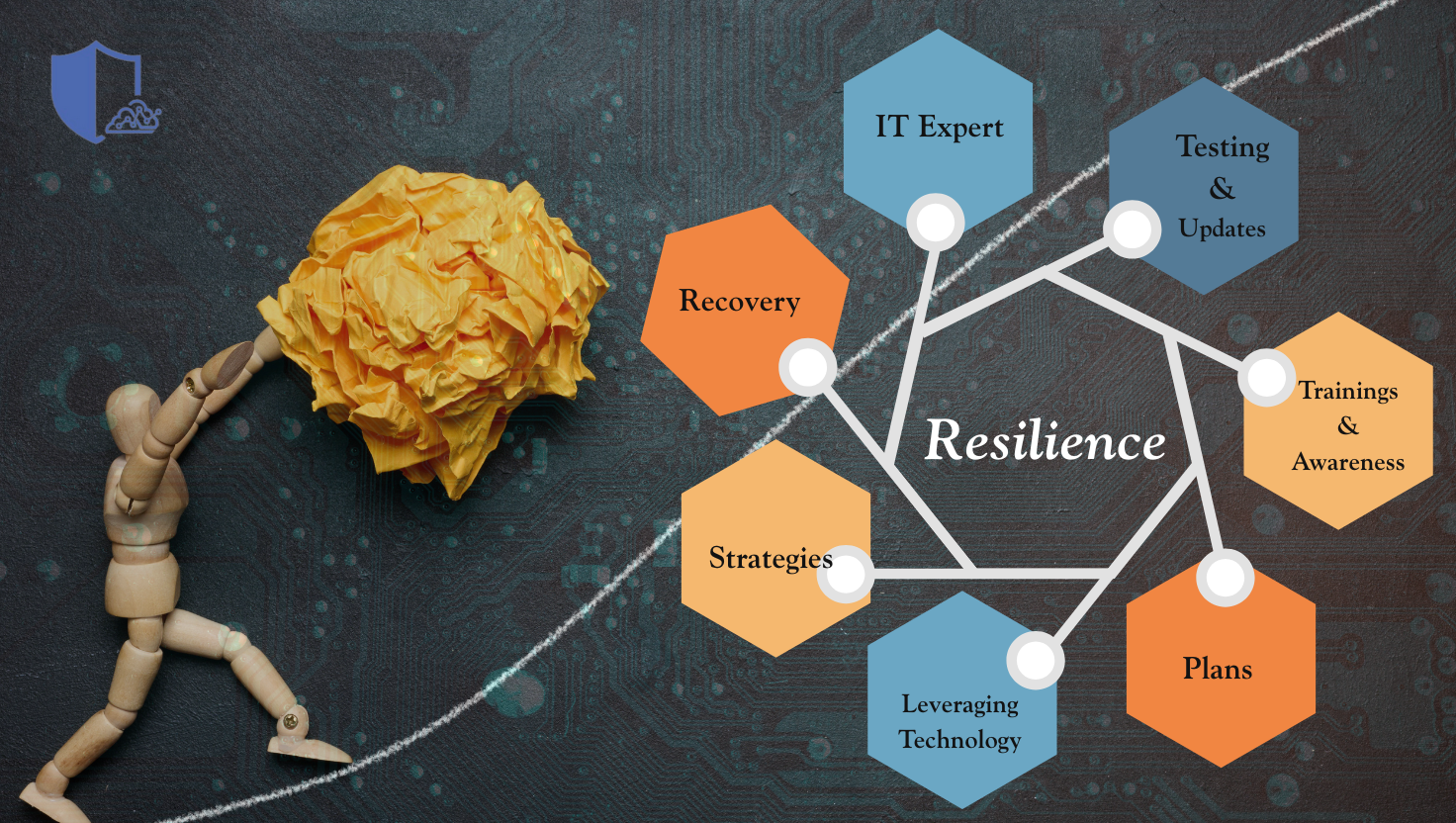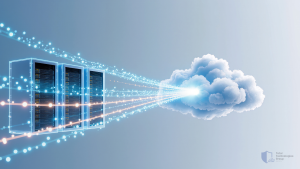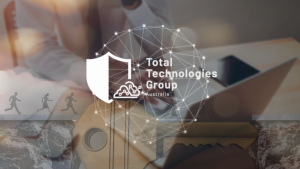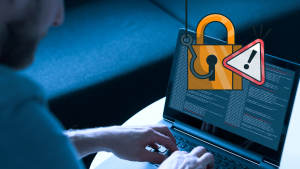Begin with the importance of resilience in today’s fast-paced digital world. Highlight how businesses, regardless of size, are vulnerable to disruptions caused by natural disasters, cyberattacks, or unexpected outages. Stress the need for robust disaster recovery (DR) and IT continuity plans.
Disaster Recovery vs IT Continuity
Understanding Disaster Recovery and IT Continuity, these are closely related and serve distinct purposes in ensuring business strength.
The Disaster Recovery: it focuses on restoring IT systems and data after disruption to have an active approach designed to minimise the downtime and recover critical operations as quickly as possible. There are many elements of disaster recovery that Sydney Businesses consider, including backup solutions, recovery time objectives (RPO) and detailed recovery procedures. While IT Continuity: This involves maintaining the operational flow of the critical IT Systems and ongoing disruptions. Unlike Disaster Recovery, it is a proactive approach that ensures the essential business functions will not be interrupted, even in the face of crises. Components such as a likely failover system, redundancy and real-time communication strategies play a significant role in continuity planning.
Additionally, disaster recovery deals with ” What happens after a disruption.” Its continuity ensures the critical system remains functional during the event itself. Together, have a comprehensive strategy for resilience, keeping business operational and reducing the impact of unforeseen events.
Common Threats Businesses Face
In today’s realm, many Sydney Businesses encounter a range of threats that can disrupt their operations and compromise their sensitive data. These threats can be prevented if businesses are knowledgeable about some risks. Here are some prevalent risks:
Cybersecurity Incidents – Businesses can be attacked by Ransomware, malicious software that encrypts a company’s data, demanding payment for its release. The other attack is Phishing Scams, which consist of fraudulent emails or messages to trick employees into revealing credentials or sensitive information
Natural Disaster – This event can damage the physical infrastructure, disrupt power supplies and cause communications breakdowns.
Hardware Failure – unexpected breakdowns of servers, storage devices or networking equipment can halt operations.
Human Errors – Mistakes such as accidental deletion or misconfiguration of systems can lead to costly time.
Power Outages – a loss of electricity can disable critical systems, especially those company without backup solutions.
Data Breaches – unauthorised access to sensitive information can harm a company’s reputation and lead to regulatory penalties.
Supply Chain Disruptions – failure to have enough supplies of networks that can hinder production and delivery schedules.
Build Resilience – Explore key components of disaster recovery and IT continuity plan
This is a guide to highlight the importance of safeguarding businesses against disruptions. It minimises downtime and builds resilience with IT expert insights.
Key Components of a Disaster Recovery Plan:
Risk Assessments – identifying the potential risk of the business and analysing the impact of these risks in the operations, finances and reputation to prioritise preventive measures.
Backup Strategy – Develop a comprehensive backup plan that includes regular data backups. Ensures that the backups are encrypted, secure and easily accessible during the crisis. Total Technologies have wide variety of innovative solutions in implementing a cutting-edge backup plan system to ensure security and operational flexibility.
Detailed Recovery Procedure – IT experts create step-by-step instructions for restoring systems, applications and data after the disruptions.
Testing and Updates – IT experts usually test your disaster recovery plan regularly through simulations and drills to ensure it works fine. They also update the plans based on the changes in technologies, infrastructure and business requirements.
Partnership with IT Experts – Collaborate with IT providers to enhance your disaster recovery plan. Leverage their expertise that can ensure efficient implementation and management.
Resilience – Crafting an IT Continuity Plan
The first step that the business or expert will do is to list all the IT system processes of the vital operations in such as servers, communication tools and customer platforms. Know the least to high priority to the daily functionality. In business, conducting a Risk Assessment is part of the step-by-step process. Identifying potential threats and evaluating likelihood and impact of each risk to develop mitigation strategies.
Design Failover and Redundancy System This crafting plan is part of creating a backup component that takes over when the primary system fails. It implements solutions like secondary servers, cloud infrastructure or balancer to ensure uninterrupted access to essential systems. A use of technologies like clustering is to distribute workload access multiple servers for increase of reliability
Additionally, part of the business operation is communication protocol- what do IT experts usually do? Establishing clear roles and responsibilities during a crisis and setting up alternative communication channels like messaging apps or satellite phones for emergencies. There are a lot of communication protocols used in technical systems.
Develop Recovery Procedure
Moreover, the IT expert’s task is to develop a recovery procedure. It is also part of the IT continuity plan to build resilience in the organisation. Normally, document step-by step instructions for restoring operations will help the organisation to recover the data. the documentation guide or procedure should be concise and easy to follow during high-stress situations.
In today’s realm, leverage the use of AI tools. Part of crafting an IT continuity plan is to incorporate Monitoring and Threats of Detection by using AI-driven tools to monitor systems for early warning signs and disruptions. IT experts develop, innovate and update tools that have automated alerts and responses to minimise downtime.
IT experts’ task is to conduct tests on the plan regularly, Train the employees. Conduct drills and simulations to assess the plan’s effectiveness and provide training for the employees so that everyone familiar with the IT continuity plans.
Build Resilience Partner with Expert
Lastly, partner with trusted IT Service providers and collaborate with Small Business IT Expert for real-time monitoring and proactive.
Emphasise that a well-prepared disaster recovery and IT continuity plan is not just about recovery—it’s about ensuring customer trust, safeguarding operations, and maintaining a competitive edge. Encourage businesses to act now rather than wait for a crisis to unfold.
Contact Us
Get in touch with Total Technologies; we design customised solutions for your business.
